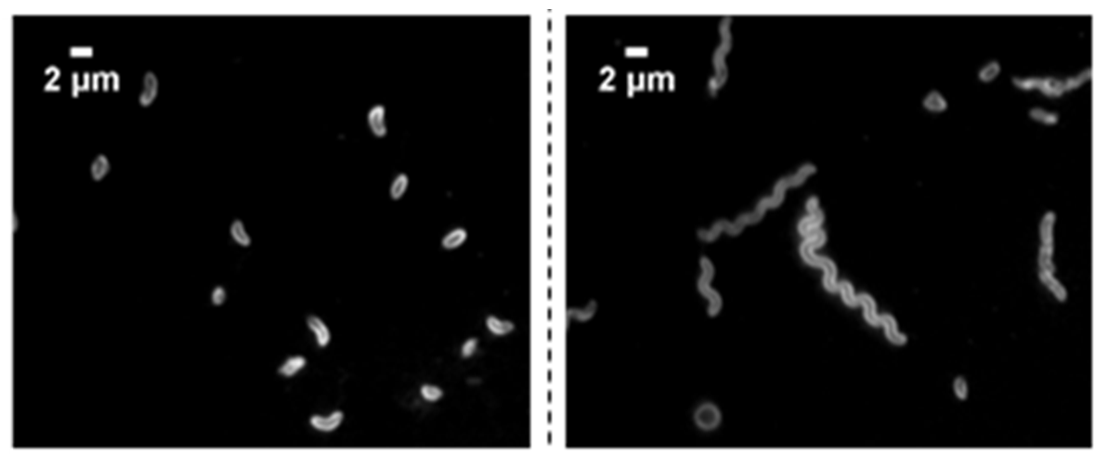As antibiotic resistance challenges scientists to find new ways to treat bacterial infections, researchers at Michigan State University have discovered a new way for bacteria to defend themselves against viral infection, known as phage, which could lead to better treatments in the future.
When bacteria are resistant to antibiotics, phage therapy has become an effective way to treat bacterial infections. Phage therapy uses a bacterial phage to infect and kill the bacteria.
While studying the evolution of the cholera-causing bacteria Vibrio cholerae, Chris Waters, a professor in the colleges of Osteopathic Medicine and Natural Science, along with graduate student Brian Hsueh and Geoff Severin (now a postdoctoral fellow at the University of Michigan), discovered that bacteria have developed a new defense mechanism against phage infection they named AvcD.
“This bacterial defense system is analogous to the viral defense system present in humans to inhibit viruses like HIV,” Waters said. “By understanding how bacteria prevent phage infection, we can predict and counteract the mechanisms that will allow bacteria to resist emerging phage therapy approaches to treat antibiotic-resistant infections.”
When the enzyme AvcD is turned “on,” it depletes nucleotides, which are the building blocks of DNA, in the cell. This prevents the cell from growing and replicating more phage that normally would kill the host bacteria. It also reduces the number of phage that can burst from the cell to infect its neighbors, saving the entire population of bacteria.
“If this enzyme was activated in the cell all the time, it would be toxic,” Waters said. “To save neighboring cells, the bacteria make an RNA (called AvcI) which binds to AvcD and prevents it from depleting all the nucleotides in the cell.”
Additional MSU collaborators on the project include associate professor Kristin Parent and assistant professor Janani Ravi from the College of Natural Science.
This research was published July 11 in the journal Nature Microbiology.
